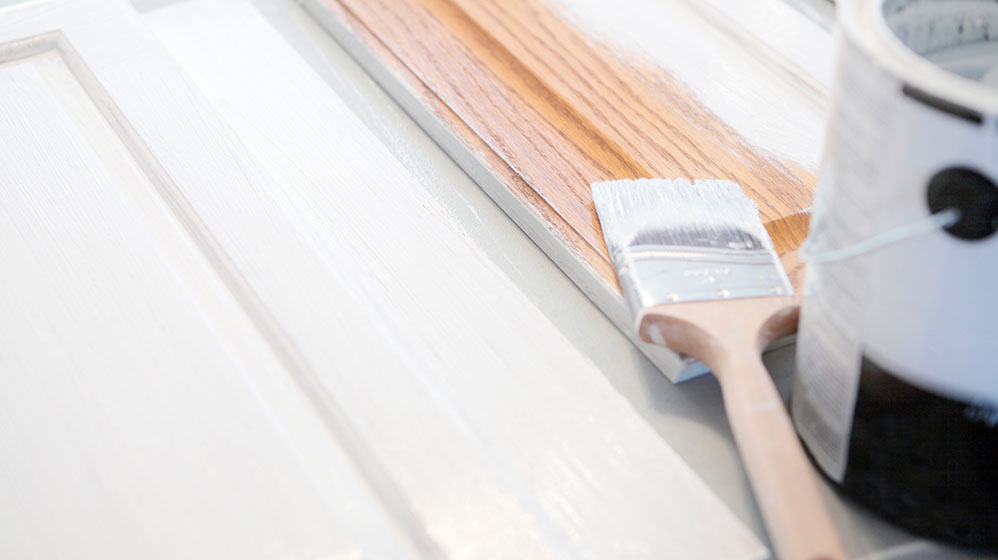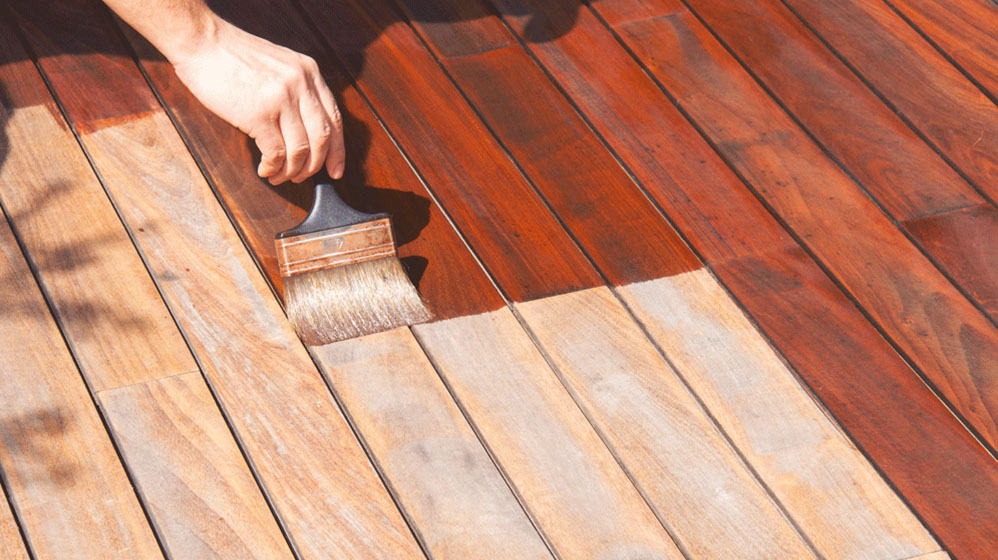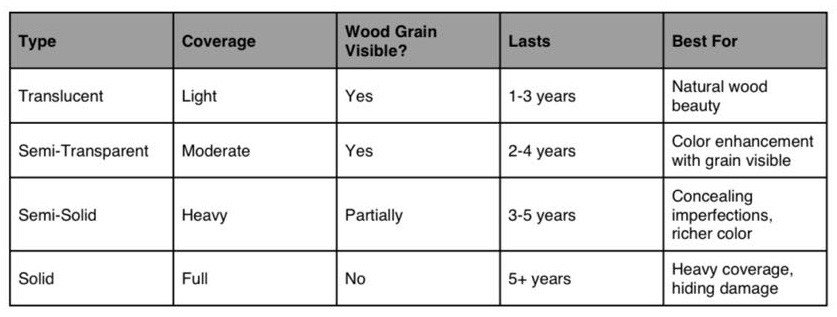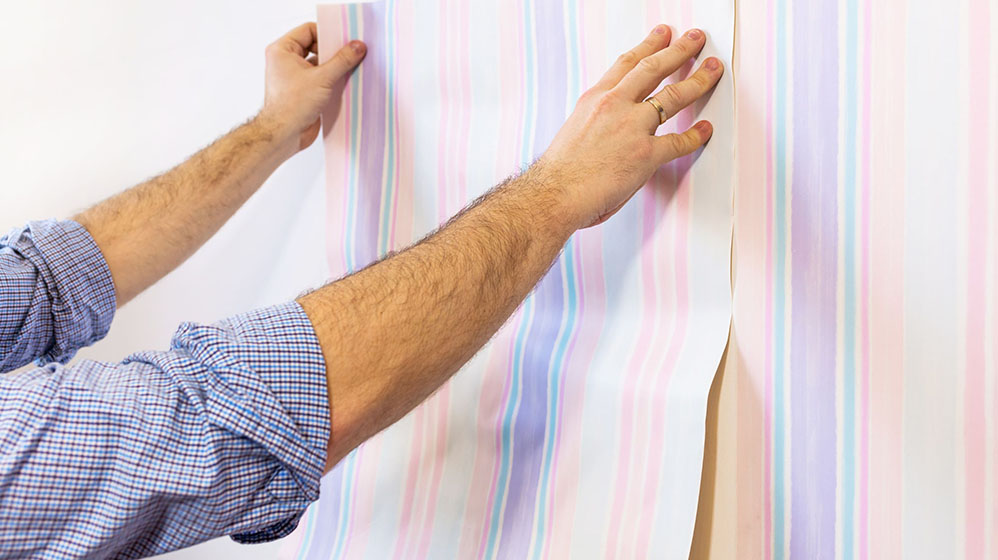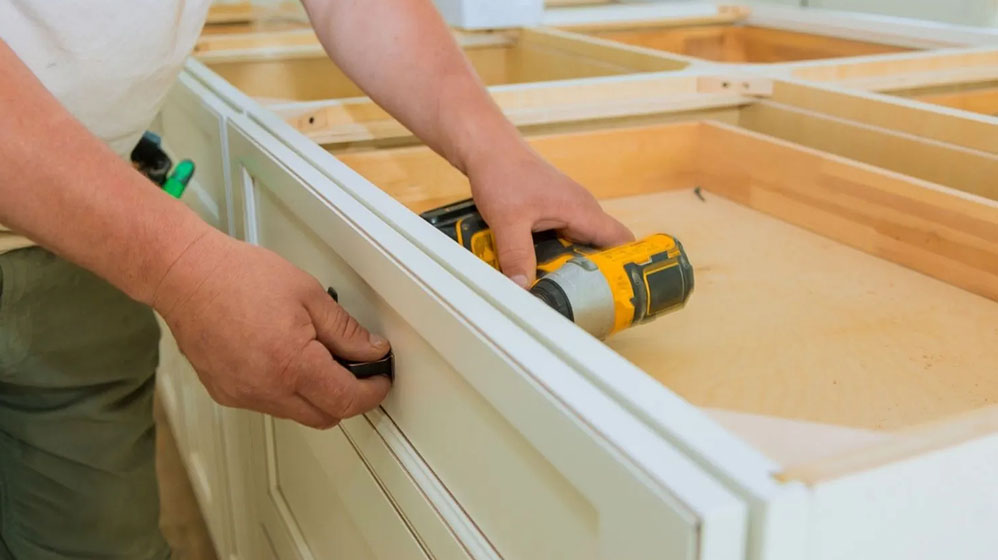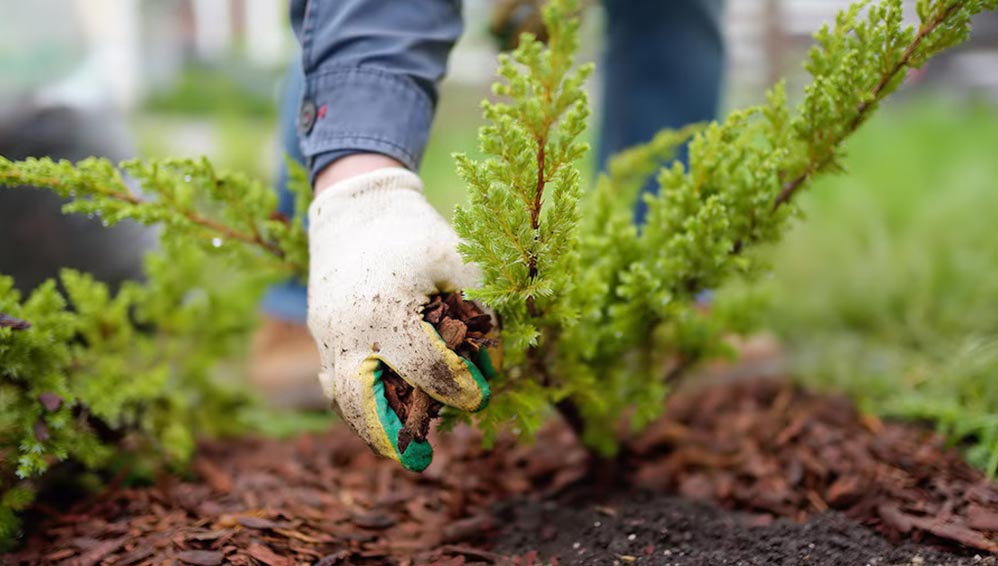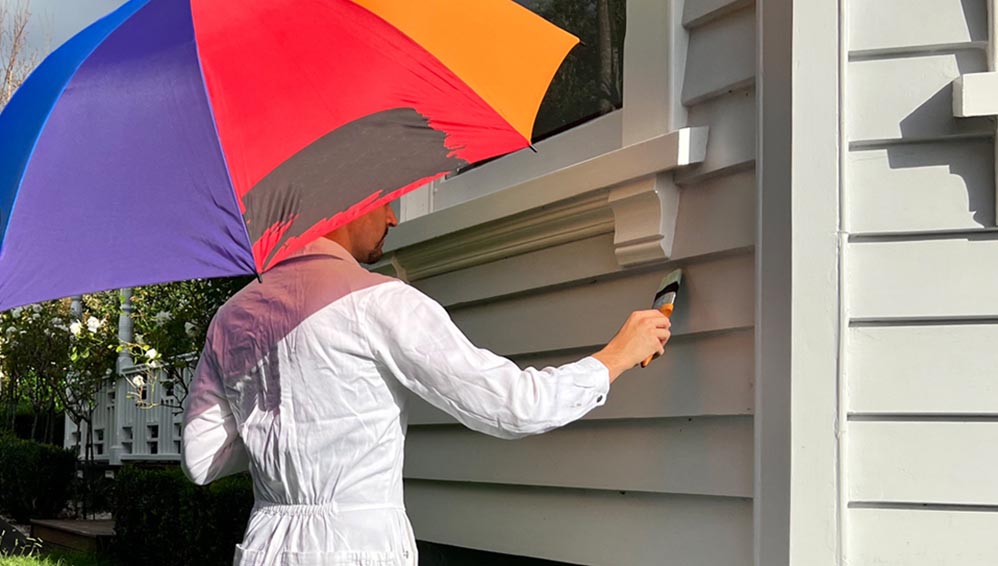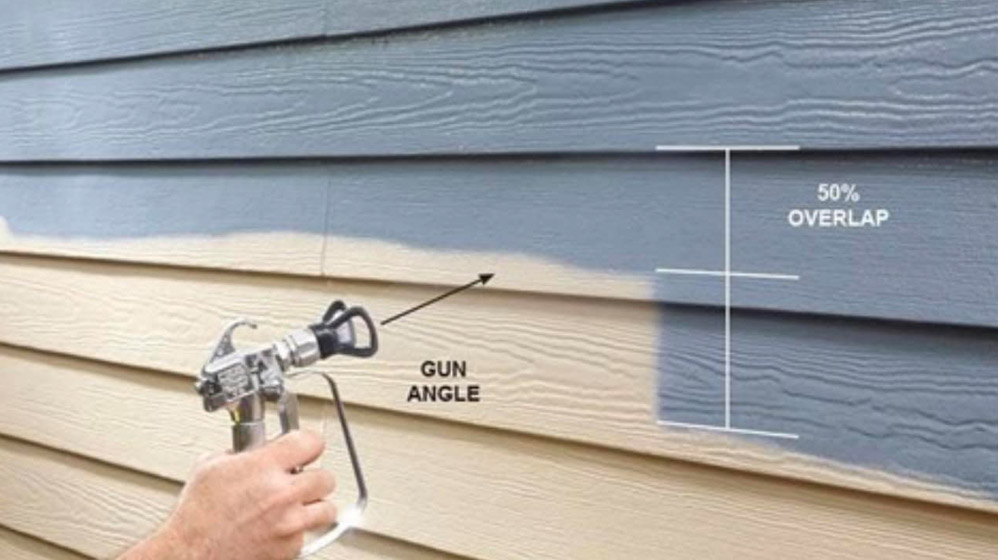In today’s economy, homeowners are tightening belts while still aiming for a fresh, updated look. Replacing kitchen or bathroom cabinets can be a major expense. The good news: you don’t have to abandon your dream space. At Powell Painting And Home Services, a family- and veteran-owned company, we specialize in affordable cabinetry finishing and refinishing that delivers a completely updated look without the hefty price tag.
Why cabinetry finishing is a smart choice right now
Cost savings:
Refinish or update the existing cabinets instead of buying new ones. You can achieve a near-new appearance at a fraction of the cost.
Less disruption:
Finishing projects typically take less time than a full demolition and replacement, so your daily routine isn’t as disrupted.
Sustainability:
Choosing to refinish extends the life of your current cabinetry, reducing waste and supporting eco-friendly home improvements.
Customization on a budget:
Change colors, finishes, hardware, and textures to tailor the space to your taste without a full remodel.
Our family-and-veteran approach
Powell Painting And Home Services is built on three core pillars:
Family values:
We treat your home as if it were our own. Clear communication, reliability, and respect for your space are non-negotiables.
Characteristics:
Slightly thicker film than translucent stain
Provides a good balance of color and wood grain visibility
Lasts approximately 2-4 years
Veteran discipline:
We bring precision, accountability, and a strong work ethic to every project, ensuring high-quality results on schedule.
Comprehensive scope:
From prep to finish, we handle all steps—consultation, color selection, sanding, priming, finishing, and hardware updates—so you don’t have to coordinate multiple trades.
Cabinetry finishing options we offer
Refinishing (stain or paint):
Restore color and depth, or completely change the tone of your cabinets. Options include classic wood stains, bold modern hues, or timeless neutrals.
Glazing and distressing:
Add character with a subtle glaze to bring out details or distressing for a worn-in, vintage feel. Works beautifully with shaker, traditional, and farmhouse styles.
Camu/Whitewashing and limewash effects:
Lighten dark woods or create a soft, airy look with a modern or coastal vibe.
Cabinet hardware updates:
Changing knobs, pulls, and hinges can dramatically alter the appearance with minimal effort and cost.
Door skin and veneer refresh:
If doors are in good shape but look dated, we can apply new veneers or skins to modernize their surface.
Countertop and backsplash coordination:
We help you plan finishes that complement updated cabinetry, tying the whole room together.
The process: from idea to finished look:
Initial consultation (virtual or on-site)r:
We discuss your goals, budget, and timeline. Aesthetic preferences, color swatches, and photos help us propose the best plan.
Color and finish selection:
We guide you through finish options, sheen levels (matte, satin, semi-gloss), and hardware styles to achieve your dream look.
Preparation and protection:
We expertly sand, fill gaps, and protect floors and surrounding surfaces for a clean, durable result.
Finishing application:
Our skilled team applies high-quality primers and topcoats, ensuring even coverage and lasting durability.
Hardware update and final touches:
We install new hardware and perform any fine-tuning to guarantee doors close perfectly.
Clean-up and review
We leave the space pristine and walk you through the finished project, making sure you’re completely satisfied.
Design trends we’re seeing in 2025
Two-tone cabinets:
Lower cabinets in a deeper shade with lighter uppers to brighten spaces.
Near-white woods and soft neutrals:
Subtle warmth without stark contrast.
Matte and satin sheens:
Sleek, modern finishes that disguise fingerprints and wear.
Textured finishes:
Subtle glazing or subtle brush marks to add depth and character.
Hardware as a statement:
Bold brass, matte black, or brushed nickel pulls to elevate the look.

